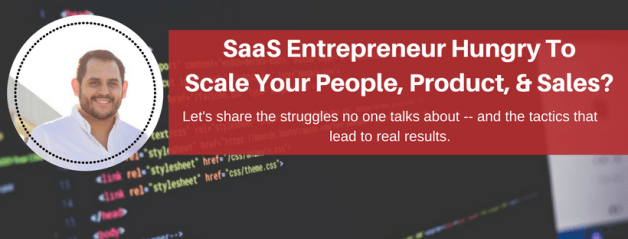
In addition to enjoying S-1 filings (I know, nerd!), I love joining quarterly earnings calls, as they give a wealth of insight into the views held by leaders in other industries.
Last week, Marketo released their Q3 results (see the results here), and as a quasi-competitor, I find their insights particularly interesting. Their success is admirable, but I believe the marketing automation space is enormous and still wide open, so there’s lots of room left to innovate.
Here are a couple highlights from the call:
B2C Marketing Automation: How does it compare to B2B?
Historically focused on B2B companies, Marketo has recently increased their focus on B2C companies. In the 3rd quarter, their largest new transaction was a B2C company.
At MindFire, we’ve had a long history serving thousands of B2B and B2C companies, and have wrestled with which we are best suited for. I’ve spent many days and nights thinking about the differences between B2C and B2B marketers, so it is of particular interest that Marketo feels their product applies equally well to B2C clients.
Phil (their CEO) claims that their B2C clients are moving away from batch-and-blast email campaigns, upgrading to Marketo to gain deep, personal connections to their customers and prospects. We see much of the same.
During Q&A, Phil was asked if their B2C go-to-market approach is different than B2B. Phil replied that they are essentially using the same 4-step strategy employed with B2B: (1) Innovating solutions, (2) bringing aboard beach-head Clients, (3) making those clients widely successful, and then (4) using the success stories to attain more Clients.
Phil said that their entire sales team sells both B2B and B2C, and that there is little specialization within the sales team.
Phil also said that they see many similarities between the needs of B2B and B2C marketers. In B2B, many of their clients have sales cycles that are weeks, months, or even years, with a high average selling price. They’ve found that in many cases, B2C marketers are trying to solve a similar problem, in that they want to stay in touch with their most active buyers (to make sure they don’t go somewhere else to buy) — over a lengthy period of time.
Phil described their B2C pricing as also based on the # of records in the database, but utilizing a different price per record than B2B. They peg the cost of each record to the value the name represents to the Client, since there is such a variety in the Client’s product price. Phil stated that in B2C, they usually see more names in the database associated w/less value per name, whereas in B2B there are fewer names but each has a higher value.
Marketo’s Competition
An attendee asked around whether they’ve seen in changes given recent consolidation in the marketing automation space.
Phil implied that the recent 2 or 3 transactions have changed the environment, but that they feel Marketo (still) stands out as the gold standard for marketers. Phil claims that they’ve seen Oracle bundling Eloqua into a deal when selling to CIOs, but beyond that, nothing major has changed.
In fact, he feels that the majority of the competition is standing still. I’m sure the teams at Pardot and Eloqua feel much differently.
Another interesting question was whether Clients are using marketing automation to replace an older system, or another marketing automation solution. Phil replied that it is very much all over the map, but that often they are replacing an email marketing solution (like ExactTarget).
In addition, they replace older technologies like Unica, Aprimo, Teradata, etc. He also stated that there many enterprise and SMB marketers that are very ad-hoc, using spreadsheets and other manual processes. In this situations, Marketo is their first mature tool.
I never cease to be surprised at how many well-established and mature companies are running successfully using ad-hoc tools and older technologies!
Marketing Automation = CRM?
A question I often get about our vision at MindFire is whether we intend to provide CRM functionality (there are some similarities). Phil was asked a similar question, and replied that he sees Marketo as has having a strong data set about a Contact’s behavior, which he argues goes beyond traditional CRM (I agree); from this perspective, he feels they are a CRM of sorts — but they don’t want to be on the sales person’s desktop, nor do they have plans to declare war on the CRM market.
It’s great to see Marketo’s Q3 success, further validating the marketing automation space. What else? What are your thoughts on Marketo’s future, and marketing automation as a whole?






![High Output Management [Andy Grove] High Output Management [Andy Grove]](https://i0.wp.com/ecx.images-amazon.com/images/I/51jyW8Lte%2BL._SY344_PJlook-inside-v2%2CTopRight%2C1%2C0_SH20_BO1%2C204%2C203%2C200_.jpg)

